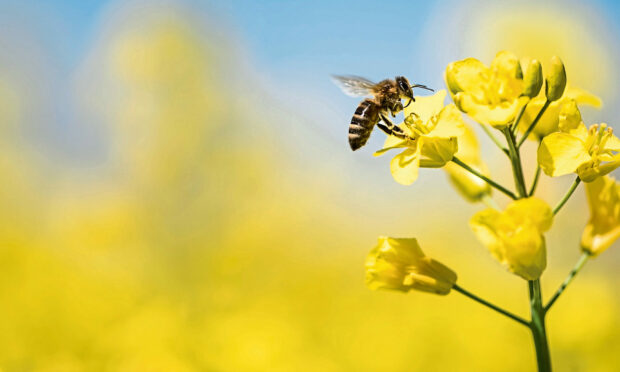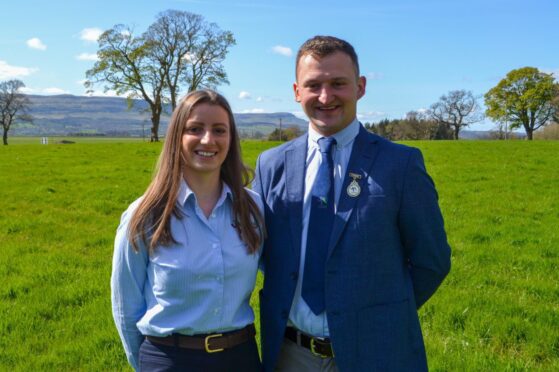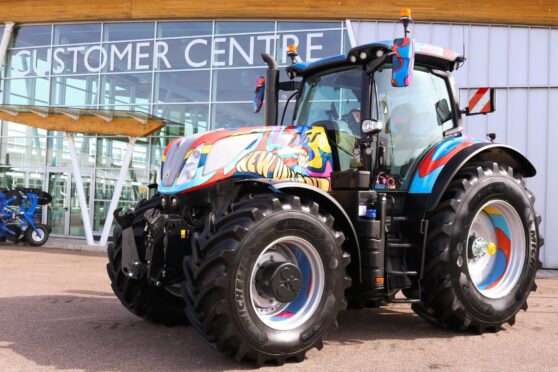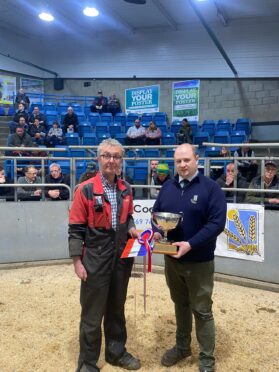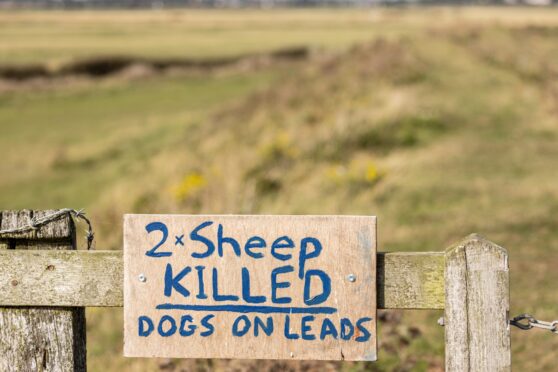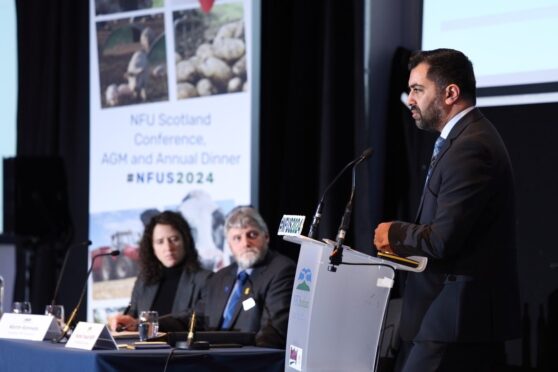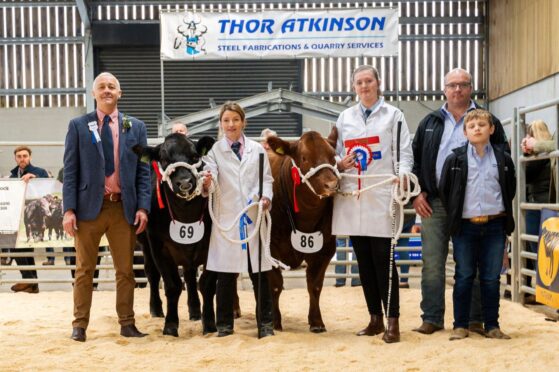Often running the risk of sounding like something of a broken record, it is fair to say that Scottish Land and Estates (SLE) has been vexed over recent years by the lack of progress and detail of what comes next for Scottish agriculture and land management.
In penning this article, I looked back to our column from January 2018 when the Oxford Farming Conference had heard early details from the UK Government on the future of farming in England.
Then three years ago, in September 2019, SLE published the first iteration of its #Route2050 paper looking at the direction of Scottish land management.
At that point, we spoke in this column about the urgent, clear direction that was needed from the Scottish Government regarding what we were transitioning to.
Agriculture Bill Launch
Therefore, the launch of the Agriculture Bill consultation almost a fortnight ago could perhaps have been the pivotal moment when our long-held unease was finally assuaged – instead, it appears to have galvanised the sector in demanding a change in gear from government.
In our initial reaction to the consultation, SLE welcomed the fact that it had finally arrived but said that we would need to examine the fine print in due course. For many organisations, the absence of precise detail in the consultation is the major issue.
Our organisation published our updated #Route2050 policy paper at the Royal Highland Show in June and we set out why we believed 50% of payments should be made to support active farming businesses, with the additional support available for measures to improve biodiversity, carbon sequestration and wider natural capital.
The government appears to be broadly aligned with this thinking, with four tiers covering direct and indirect payments, but the consultation is very light on the detail of exactly how this will be delivered and what support farmers and land managers will have to make the changes necessary for the future.
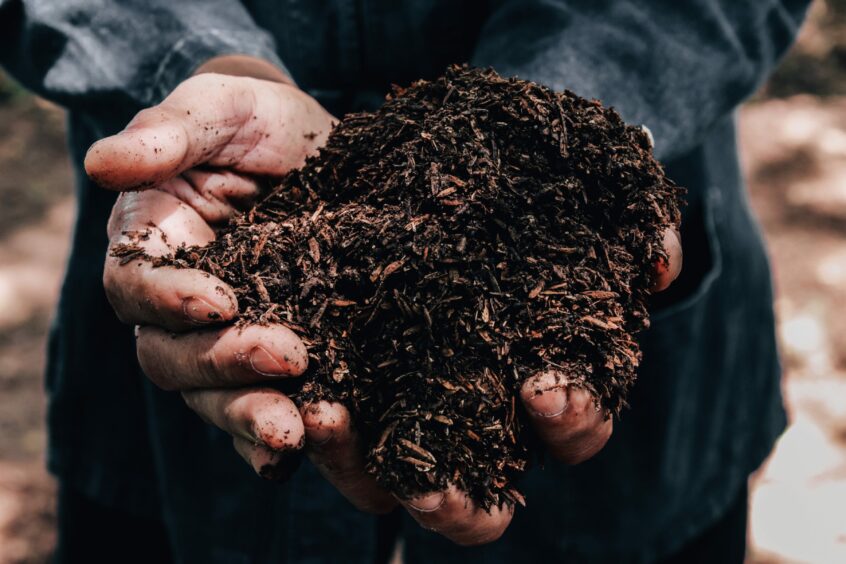
It asks questions such as whether the legislation should include a mechanism to protect and restore biodiversity, support clean and healthy air, water and soils – but provides no indication of what that mechanism may look like.
With the conclusion of the transition period looming by the end of 2024, we were also surprised that the programme for government announced by the first minister at Holyrood this week made no mention of the Agriculture Bill that will follow the newly-launched consultation.
That being the case, it can only be assumed that the September 2023 programme for government will include agriculture in the legislative programme.
15 months for bill to be introduced
That would leave 15 months at most for a Bill to be introduced, amended and passed and then for farmers and land managers to know what steps they have to take to almost instantly comply with new support mechanisms.
This absence of planned legislation was further compounded by the news that the Scottish Government was implementing a £33 million deferral of ring-fenced agriculture funds as it seeks to balance the books.
Again, this fosters a sense that farming is low down in the priority list at a time when ensuring security of food supply for the population is perhaps at its most vital point for decades.
In a tough period that is already going to stretch the viability of many of our farming businesses, it seems we have a rocky path ahead with agricultural reform – and we may run out of road following years of unwarranted delay.
Stephen Young is head of policy at Scottish Land and Estates
